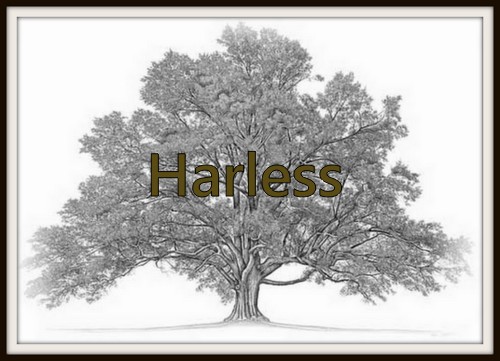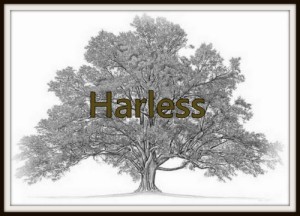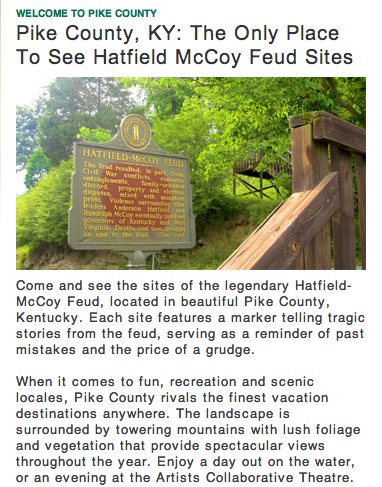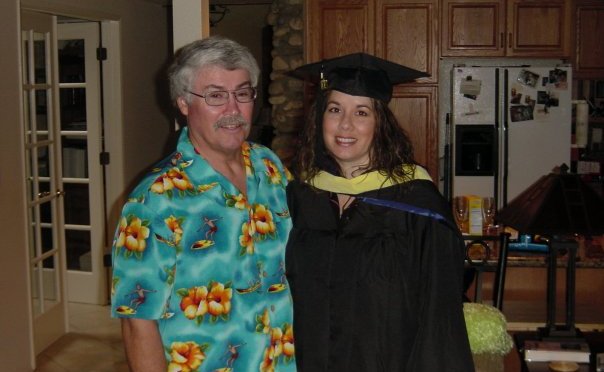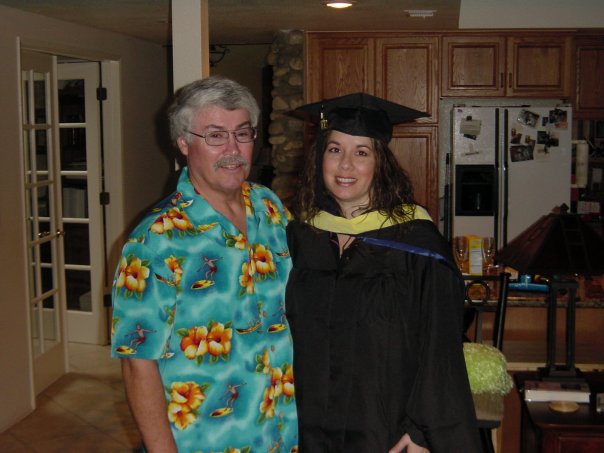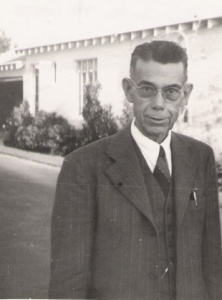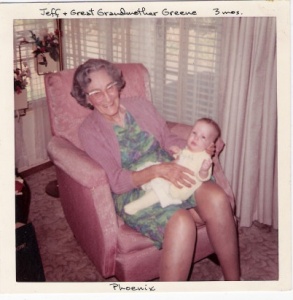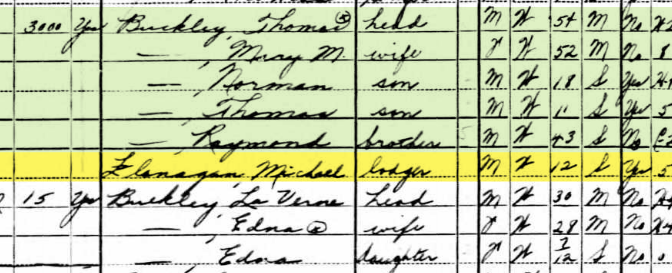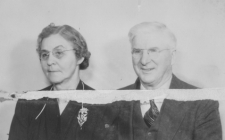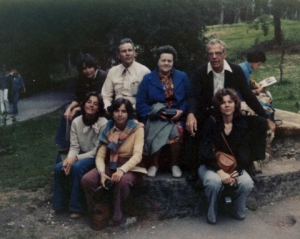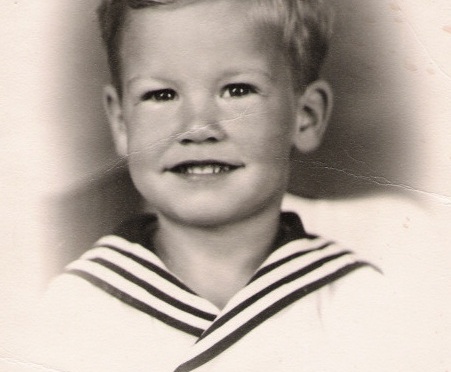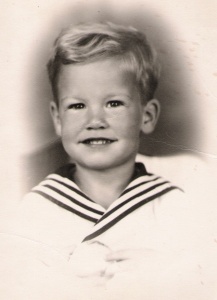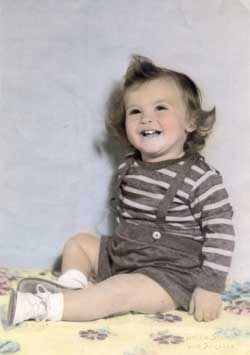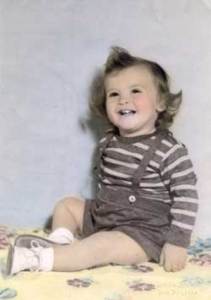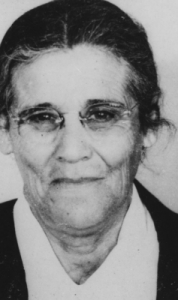 On October 27, 1915 — one day shy of her 23rd birthday — my great-grandmother, Maria (Nieto) Robledo (1887-1974), immigrated to the United States from Mexico via the foot bridge connecting Laredo, Texas and Nuevo Laredo, Mexico. Despite being married and having two children, Maria only crossed into the U.S. with one child — her infant son Refugio Robledo.
On October 27, 1915 — one day shy of her 23rd birthday — my great-grandmother, Maria (Nieto) Robledo (1887-1974), immigrated to the United States from Mexico via the foot bridge connecting Laredo, Texas and Nuevo Laredo, Mexico. Despite being married and having two children, Maria only crossed into the U.S. with one child — her infant son Refugio Robledo.
I discovered this fact sometime between 2003 and 2005, during one of many in-person research trip to the Pacific Region of the National Archives, when I found Maria’s naturalization certificate (I got to hold the actual original signed certificate in my white-gloved hands!). My family knew that she had immigrated from San Luis Potosi, Mexico, but we didn’t know her point of entry.
I still have not uncovered when Maria’s husband (my great-grandfather Jose “Joe” Robledo), or their oldest daughter Guadalupe (“Lupe”, my godmother) crossed into the U.S. I also don’t know why the family did not cross together.
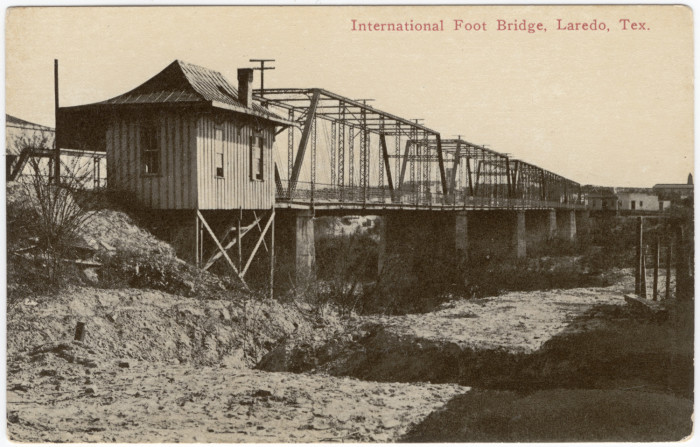
Since finding her original naturalization certificate, I have been able to obtain the actual border crossing record on Ancestry. According to that record, Maria Nieto (I don’t know why she isn’t recorded under her married name of Robledo) entered into the U.S. on October 27, 1915 at the Laredo bridge, accompanied by her baby Refugio Robledo (no one else). She was 23 years old, married, Mexican, from San Luis Potosi, and had no occupation. Maria was able to read and write. She claimed never to have been in the U.S. before. I think the entry record states that she was visiting the U.S. for “shopping”, and she had $5.05 in her possession (I assume that’s U.S. dollars rather than Mexican pesos).
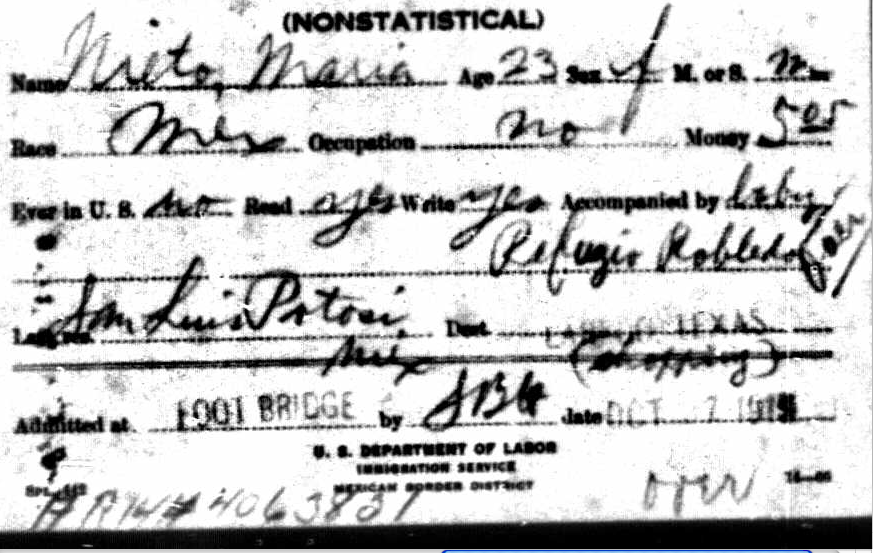
I hope to one day visit the Laredo foot bridge. Although it’s not the same bridge (except in name) that carried my ancestors to their new life, I’d still like to walk across it and try to imagine what they felt. Were they scared? Were they worried? Were they relieved? Were they hopeful?
View Colleen and Jeff’s Roots in a larger map
[contentblock id=3 img=html.png]
[contentblock id=4 img=html.png]
